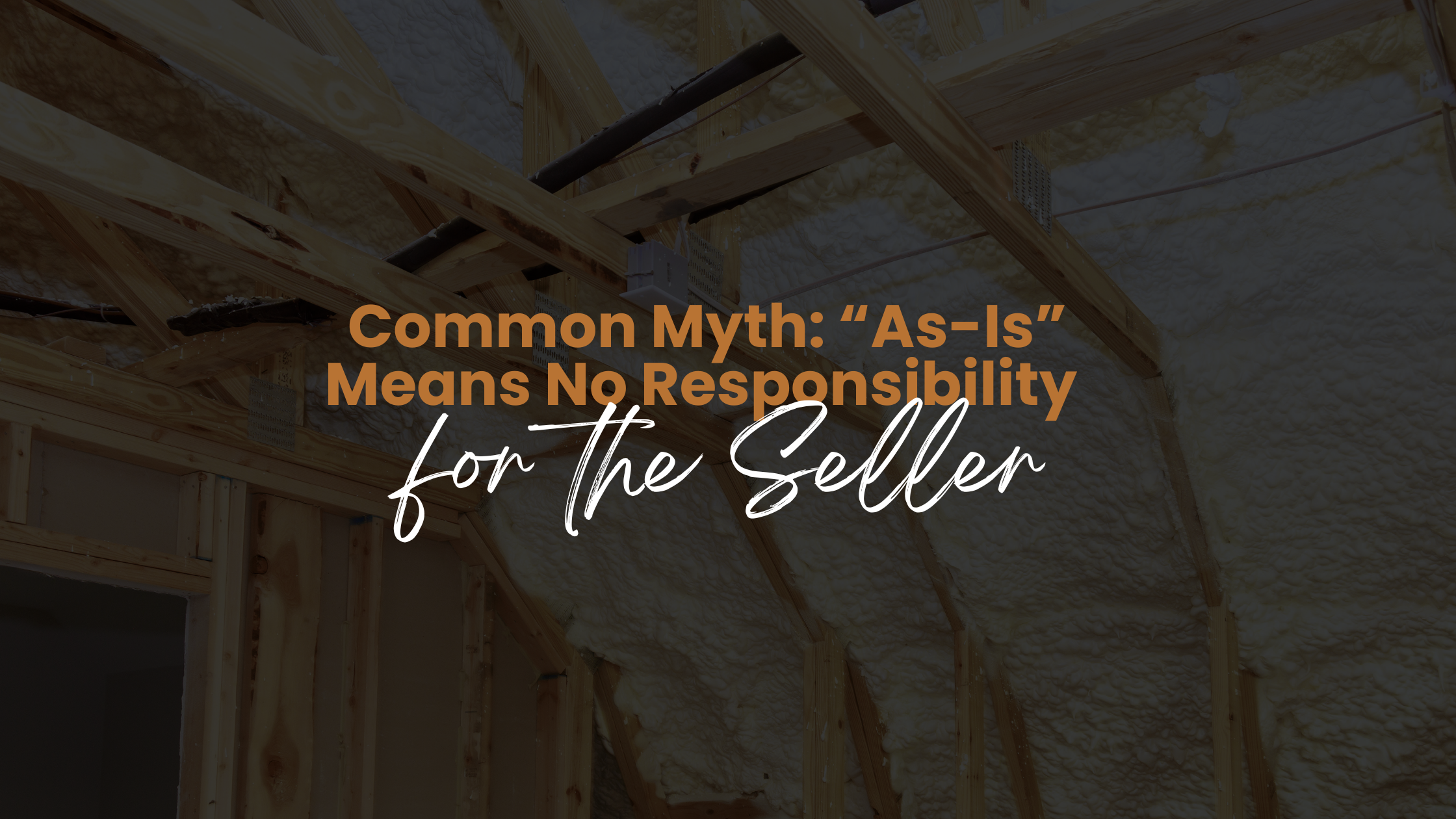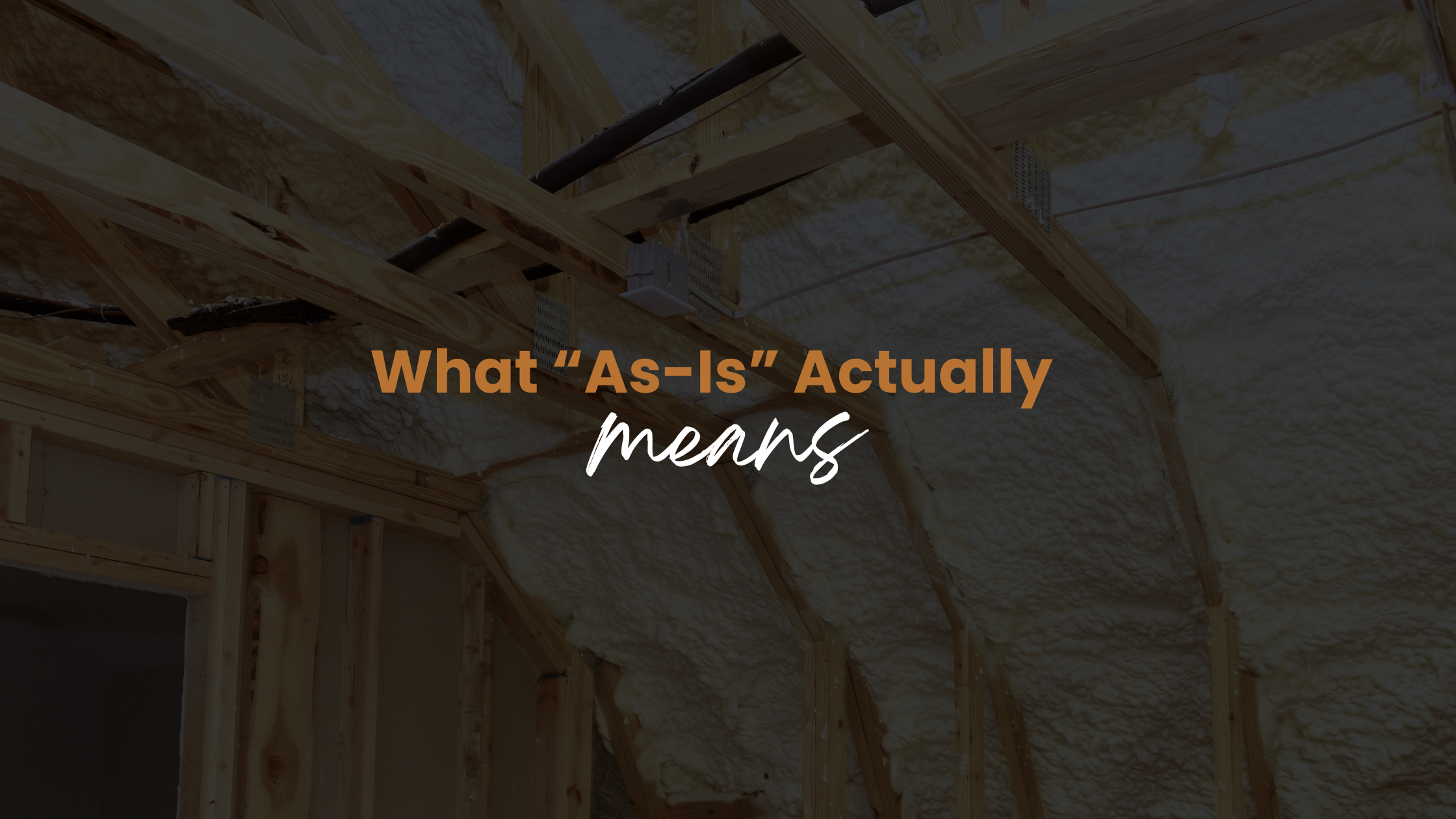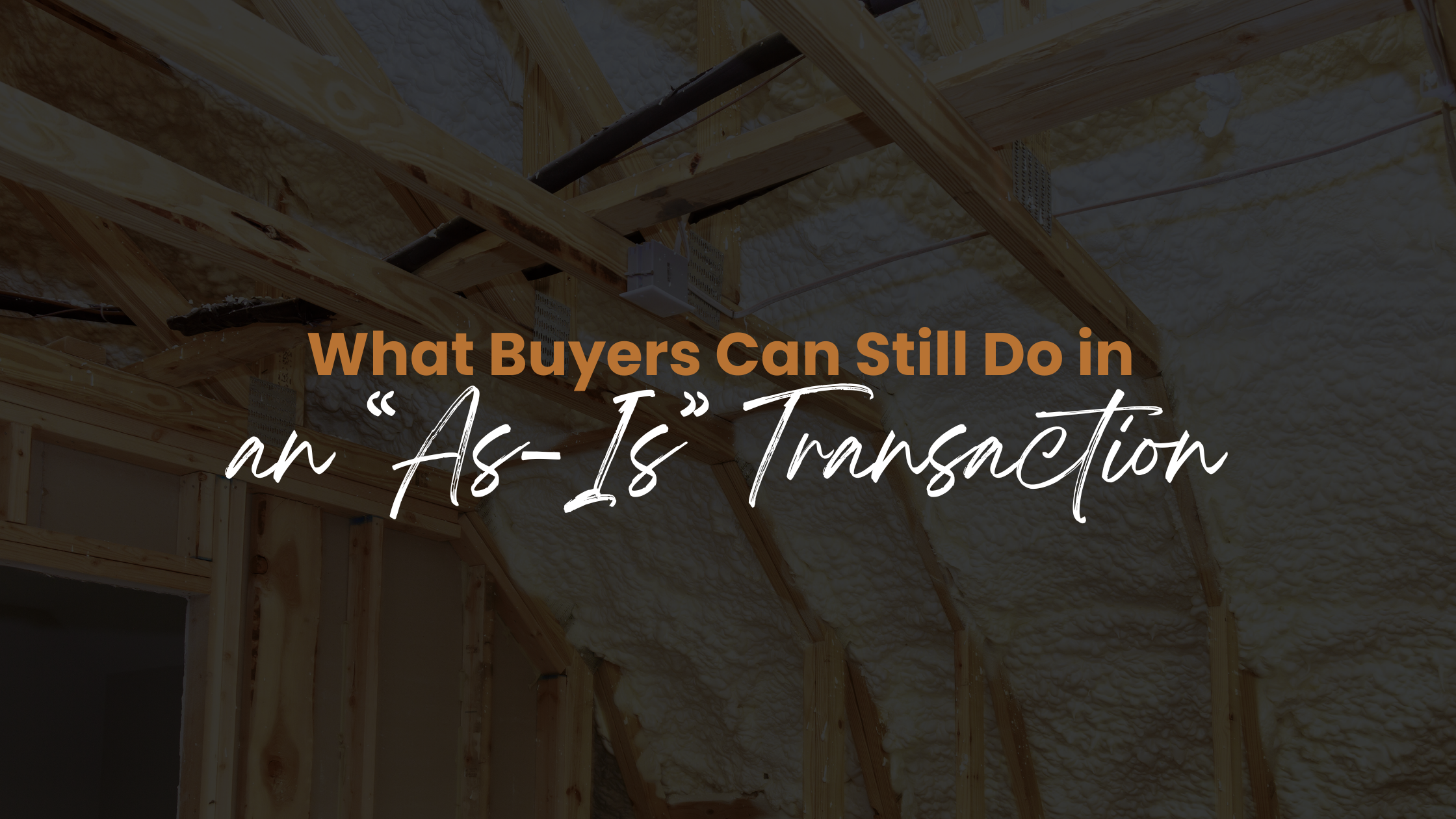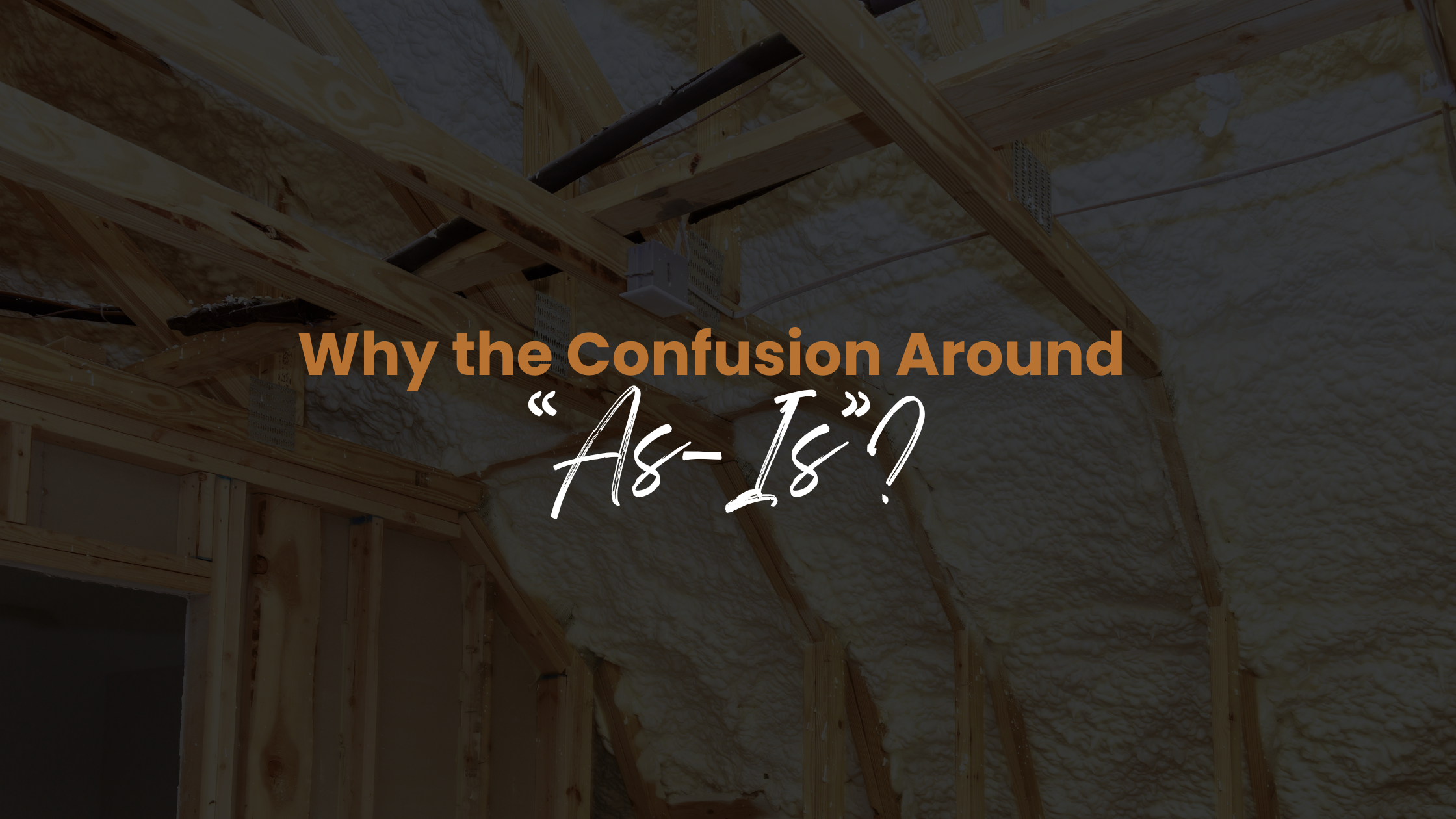What 'As-Is' Really Means in a California Home Sale: Myths vs. Legal Reality
The term “as-is” gets thrown around a lot in California real estate—but few buyers and sellers truly understand what it means. It sounds simple: the seller won’t make repairs, and the buyer takes the property as-is. But legally, it’s far more nuanced.
If you’re buying or selling a home in California, this blog will clarify what “as-is” does—and does not—mean, so you can avoid costly mistakes or misunderstandings.
.png?w=1140)
This is false.
Many assume that “as-is” means the seller has no obligations once the deal is signed—that the buyer takes all the risk, and the seller doesn’t have to disclose anything.
But under California real estate law, that’s not how it works.
.png?w=1140)
1. The Buyer Accepts the Property’s Current Condition
The term “as-is” means that the seller is not obligated to make repairs discovered during inspections. However, the buyer can still conduct inspections and request repairs or credits. The seller just doesn’t have to say yes.
2. Sellers Must Still Disclose Known Defects
Even in an “as-is” sale, the seller is legally required to disclose all known material facts that affect the property's value or desirability, such as:
Water damage or roof leaks
Foundation issues
Unpermitted work
Pest infestations
Past insurance claims
Failure to disclose can open the seller to lawsuits for fraud or misrepresentation, even if the home was sold “as-is.”
.png?w=1140)
Just because a property is listed “as-is” doesn’t mean you lose your rights:
Inspection Contingency: You can (and should!) hire licensed inspectors.
Negotiation Window: You can ask for repairs, credits, or price adjustments.
Walk Away Option: If your contingencies are in place, you can cancel the contract based on inspection findings—with your deposit refunded.
“As-is” does not mean you’re locked in regardless of what you find.
.png?w=1140)
Colloquial Use vs. Legal Reality
Many sellers, agents, or buyers casually say “as-is” to imply no repairs will be done, but the legal reality includes disclosure and inspection rights.
Misleading MLS Listings
All California resale homes are technically sold “as-is” by default through the California Association of Realtors (CAR) Residential Purchase Agreement. So when a listing emphasizes “as-is,” it can confuse buyers into thinking it’s different from other properties—but it usually isn’t.
Key Takeaways
“As-is” means no required repairs—not no responsibility.
Sellers must disclose known material defects—always.
Buyers still retain full rights to inspect, negotiate, and walk away if contingencies are active.
Never waive inspections just because a home is marked “as-is.”
Final Thoughts: Transparency Protects Everyone
If you’re a seller, the best move is to disclose fully and honestly.
If you’re a buyer, conduct thorough inspections and keep your contingencies intact until you’re confident.
“As-is” doesn’t remove legal obligations—it just sets expectations about repairs.
Clarity upfront prevents headaches (and lawsuits) down the line.
.png)
.png)
.png)
.png)
.png?w=128&h=128)